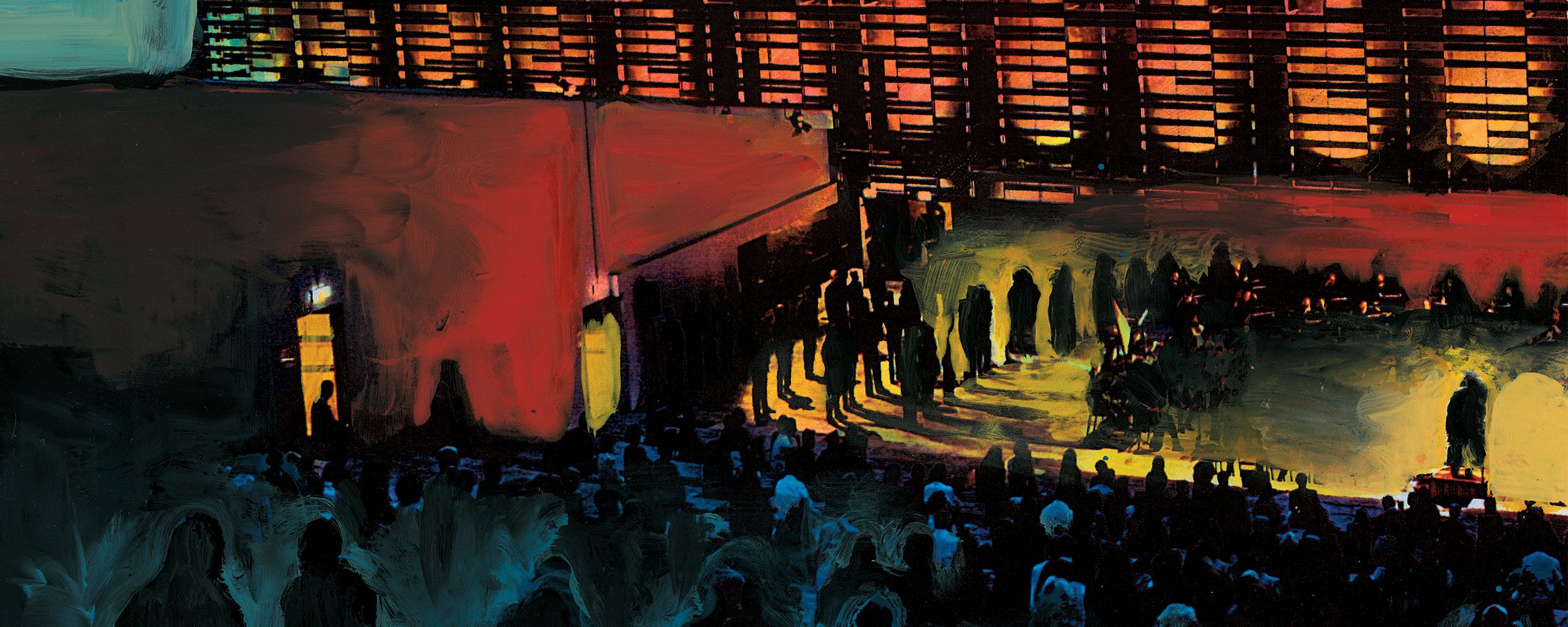Carl Orff's "Carmina Burana" in the Maggio's Cavea on Saturday, July 19th at 9pm

On Saturday, July 19th, at 9:00 pm, the evocative Cavea del Maggio Musicale Fiorentino will be illuminated for the final event of the 2025 Summer Season.
The program features one of the most famous compositions of the twentieth century: Carl Orff's "Carmina Burana."
On the podium, Maestro Lorenzo Fratini will conduct the Maggio Musicale Fiorentino Choir and the Children's Choir of the Accademia del Maggio Musicale Fiorentino.
The evening's soloists will be Marina Fita Monfort, Antonio Mandrillo, and Hae Kang.
Thanks to Sammontana for the ice creams offered to the audience.
Tickets are available in two price ranges: Armchairs €30 / Bleachers €20
Florence, July 15th, 2025 – After four performances of Donizetti's L'elisir d'amore, the two shows with Stefano Massini, Don Giovanni at the Parco Mediceo in Pratolino, and the performance by the Filarmonica "Gioachino Rossini," the 2025 Summer Season at the Teatro del Maggio has come to an end.
On the program – Saturday, July 19th at 9:00 pm in the Maggio's Cavea – is one of the most famous and beloved compositions of the 20th century: Carl Orff's Carmina Burana.
On the podium, Maestro Lorenzo Fratini will lead the Maggio Musicale Fiorentino Choir and the Children's Choir of the Accademia del Maggio Musicale Fiorentino; Sara Matteucci is the conductor of the Children's Choir of the Accademia del Maggio. At the piano are Andrea Severi and Leonardo Andreotti. Francesco Migliarini is on timpani. Federica Martinelli, Luigi Piro, Michele Annoni, Sebastiano Girotto, and Pierangelo Pellegrino are on percussion. The solo voices are soprano Marina Fita Monfort; tenor Antonio Mandrillo—one of the leading roles as Nemorino in the recently concluded performances of L’elisir d’amore—and baritone Hae Kang, also one of the leading roles in L’elisir as Belcore.
Among the most famous compositions of the 20th century, Carmina Burana, written by Carl Orff between 1935 and the following year, is a scenic cantata inspired by 24 poems found in the medieval collection of the same name from the 12th century. The work is structured in a prologue, five parts and a finale: the Prologue, Fortuna imperatrix mundi ("Fortune, empress of the world"), which features the well-known O Fortuna; the first part, Primo vere ("In spring"), which celebrates the joyful aspect of spring; the second part: Uf dem Anger ("In the meadow"), which features pieces in Old High German; the third part: In taberna ("At the tavern"), which includes pieces inspired by the dissolute life of the clerici vagantes, gambling, good drinking and good eating; the fourth part, Cour d'amours ("The Court of Love"), which contains pieces that praise love; the fifth part, Blanziflor et Helena ("Biancofiore and Helena"), which marks the conclusion of the previous part and the finale, Fortuna imperatrix mundi, which repeats the opening piece.



